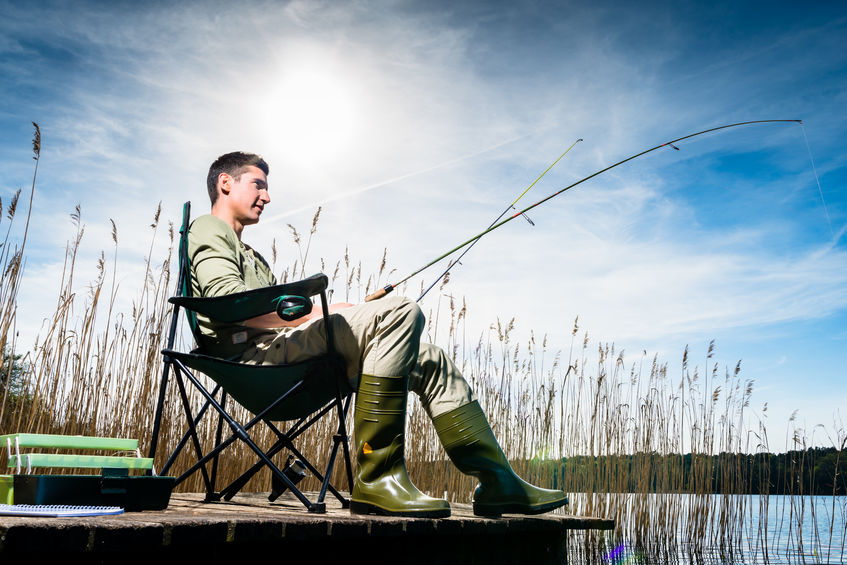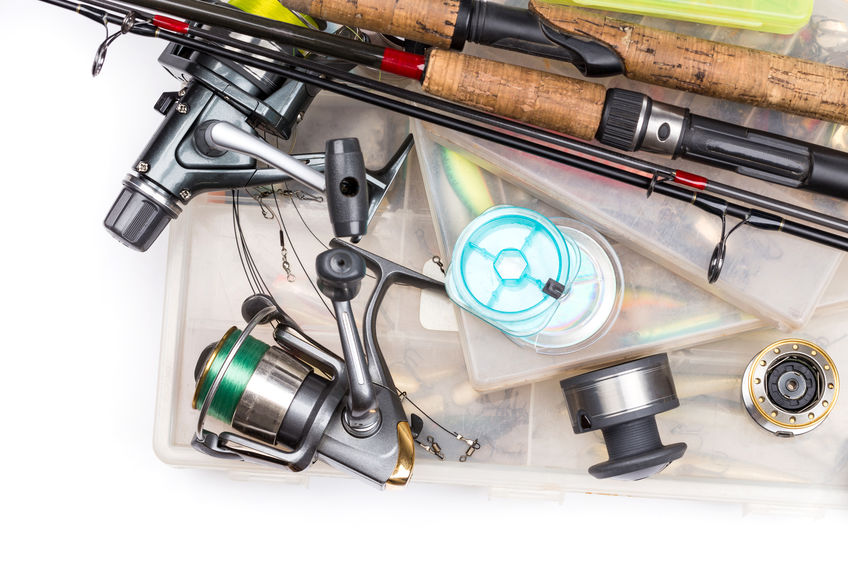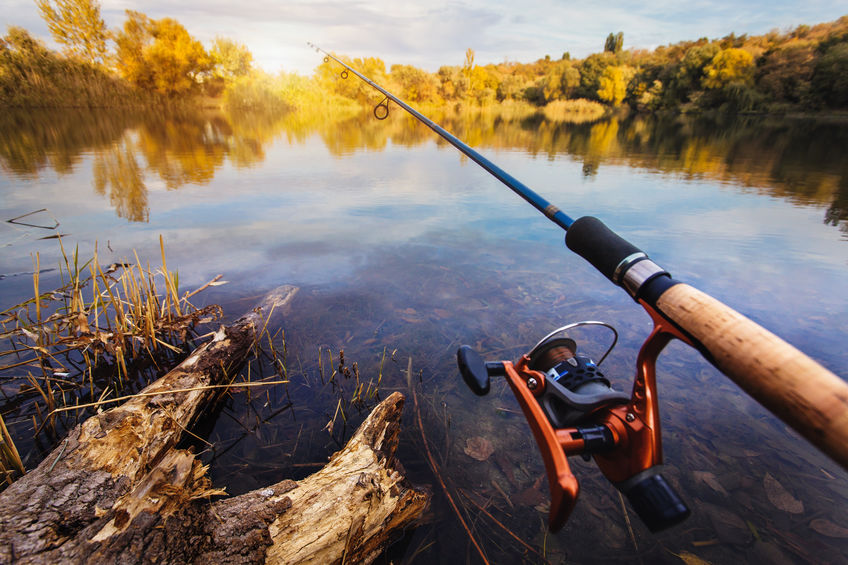When customers contact us at Signature Fishing Rods, they often ask a similar question, “just what makes your fishing rods custom?”.
Without getting into too much detail, we simply say that we give each and every customer the ability to build their own “custom” fishing rod.
We make it our number one priority to provide you with the perfect fishing rod(s) and offer over 500 models that can be customized to meet your specific needs and desires.
Whether you’re interested in custom handles, reel seats, guides, decorative designs or anything in between for your rod, we can help you create a custom piece you’ll enjoy for years to come.
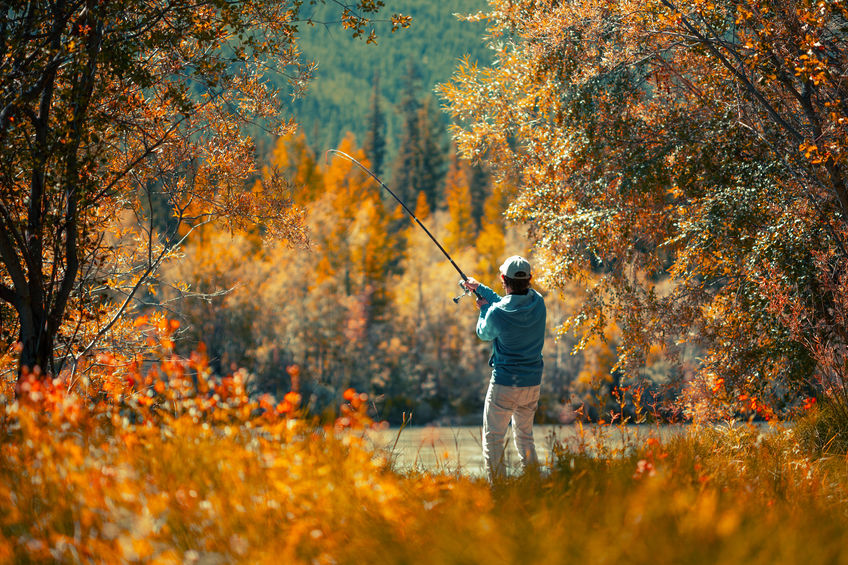
A variety of fishing rod models available
As stated above, our product line consists of over 500 models of fishing rods in seven series of blanks. Most of these rods can be modified to meet your specific needs.
We have several series of rods available including spinning rods, casting rods, muskie rods, salmon rods, steelhead rods, fly-fishing rods and more. Each rod within a series may have different customizable options and only the options shown will be able to be used for that rod.
You can customize it all
We believe that it’s up to the client to decide which options he or she wants for their fishing pole. Options for a given rod are listed individually during check out and can include everything from custom handles to reel seats, guides, decorative designs, a name or a phrase inscribed on the rod and much more.
Our goal is to make sure you are completely satisfied with every facet of your fishing rod and we achieve this by letting you dictate how it will be put together.
Although you will have the ability to customize nearly every part of your new rod, it is important to note that blanks cannot be substituted. Our blanks are made in the U.S.A., and in our opinion are the best on the market, so you won’t have to worry. For over 38 years, we’ve used the latest technology for each type of blank and they are covered by a lifetime warranty.
Please also note that all orders submitted will be reviewed by the rod maker to ensure that components are compatible with the rod that is to be built.
When you’re ready to build a custom fishing rod with an experienced fishing rod supplier, we ask that you think of our team at Signature Fishing Rods. We offer multiple lines of fishing rods on our site and allow you to build your own rod to your exact needs and desires.
For a quality custom made fishing rod made right here in the U.S.A., explore our site or give us a call at 630.234.6214.

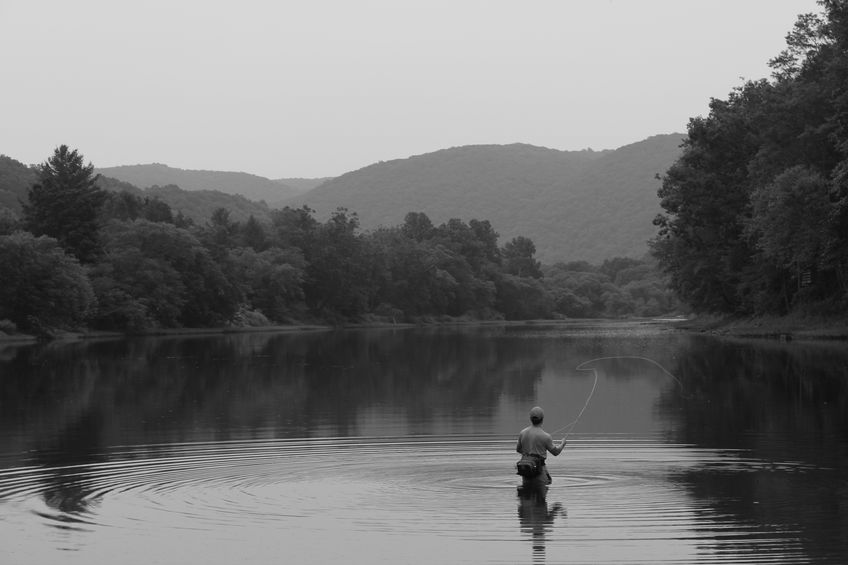
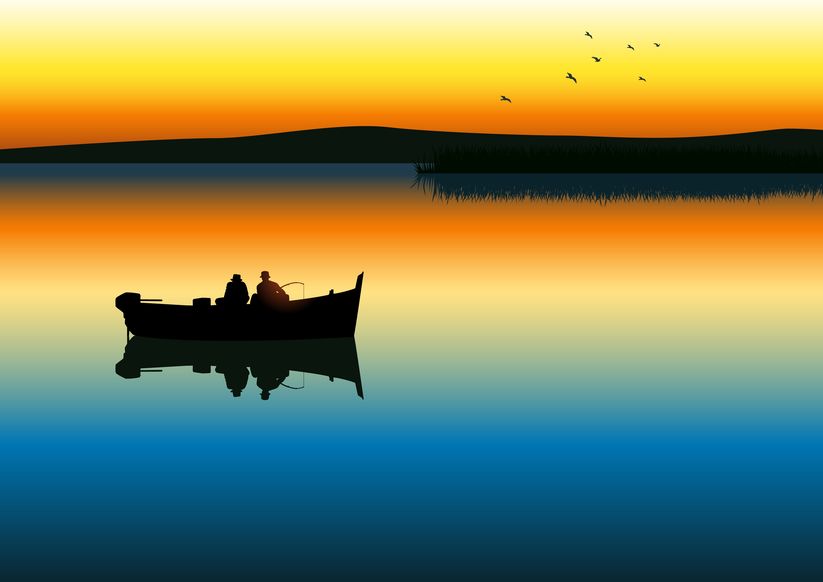 Whether you’re fishing from a boat or on land, having good posture will give you the balance and power base to achieve a proper hook setting. We suggest having your legs shoulder-width apart and your upper body relaxed. You should also make sure that your elbows are tight to your sides or positioned so the arms of the boat seat do not interfere with the hook setting motion.
Whether you’re fishing from a boat or on land, having good posture will give you the balance and power base to achieve a proper hook setting. We suggest having your legs shoulder-width apart and your upper body relaxed. You should also make sure that your elbows are tight to your sides or positioned so the arms of the boat seat do not interfere with the hook setting motion.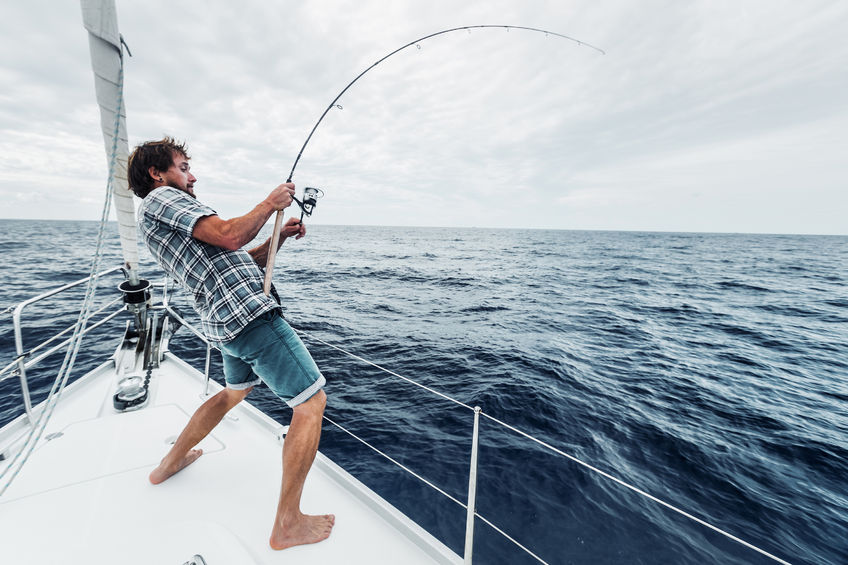 Fishing in windy conditions can be both a blessing and a curse. Depending on where you’re fishing, the wind can attract certain fish closer to the shore, which is great for anglers! However, the wind can also make fishing more difficult and less enjoyable for the angler. Because of this, many anglers will usually avoid fishing in the wind, despite knowing that they have a better chance of catching a fish.
Fishing in windy conditions can be both a blessing and a curse. Depending on where you’re fishing, the wind can attract certain fish closer to the shore, which is great for anglers! However, the wind can also make fishing more difficult and less enjoyable for the angler. Because of this, many anglers will usually avoid fishing in the wind, despite knowing that they have a better chance of catching a fish.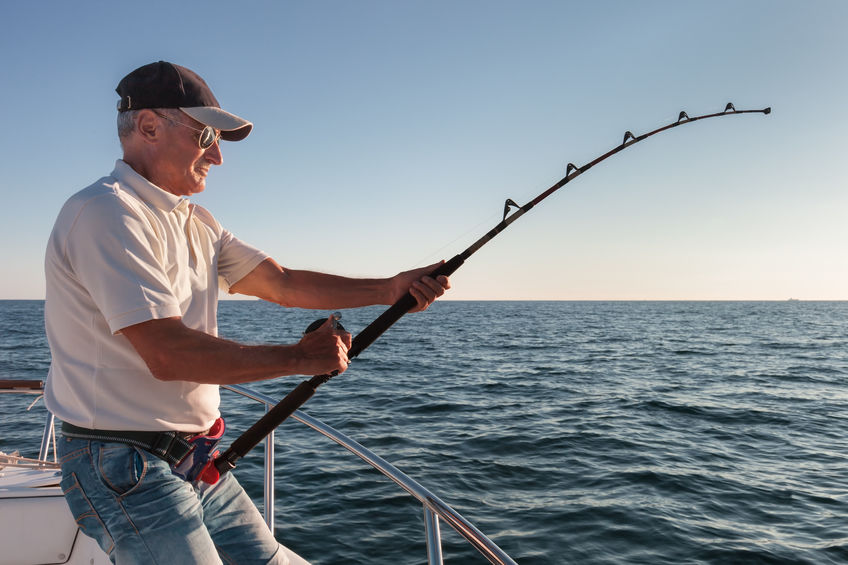 Don’t let the surprise of catching a big fish ruin your chances of reeling it in! The technique to reeling in small fish is quite simple, just keep the tip of your rod up and reel away. Large fish, however, are more complicated. You need to be on high alert, have a strategic plan, and most importantly, be patient.
Don’t let the surprise of catching a big fish ruin your chances of reeling it in! The technique to reeling in small fish is quite simple, just keep the tip of your rod up and reel away. Large fish, however, are more complicated. You need to be on high alert, have a strategic plan, and most importantly, be patient.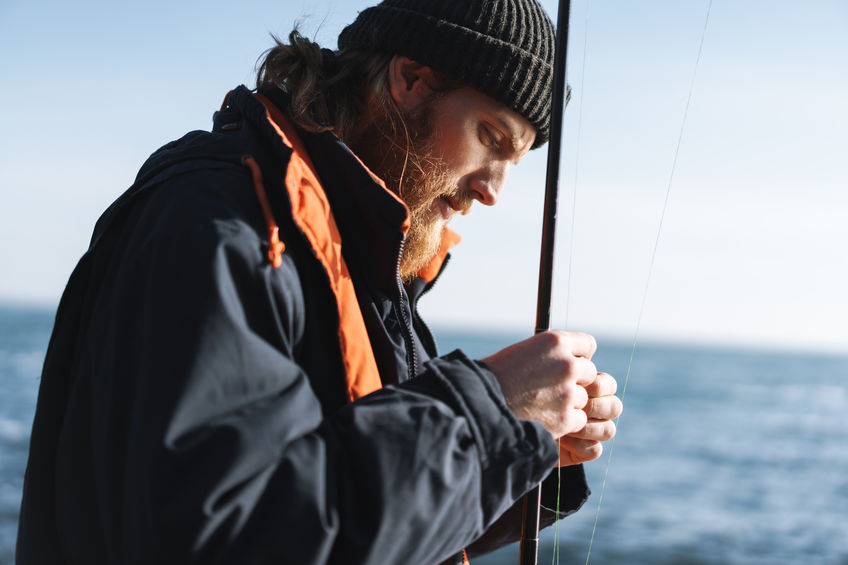
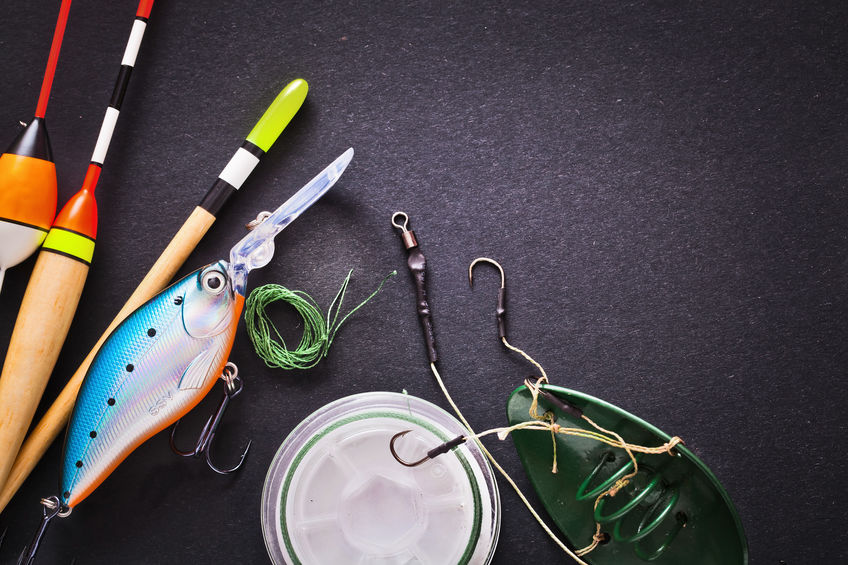 To have a successful fishing trip, you need the right tools. Once you find your perfect rod, the next step is to choose your lures.
To have a successful fishing trip, you need the right tools. Once you find your perfect rod, the next step is to choose your lures.